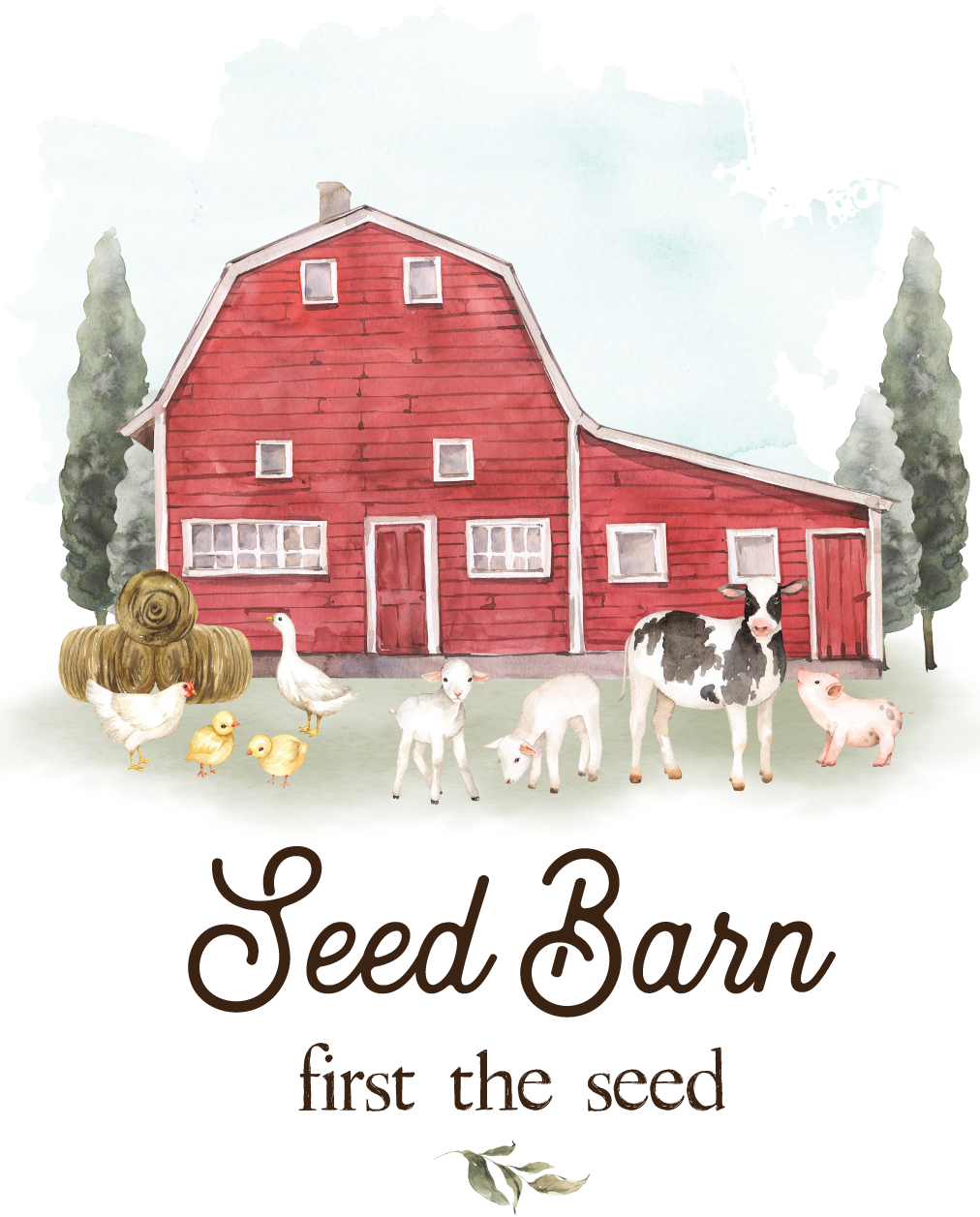Alsike Clover Seed (Nitro-coated and inoculated)
Alsike clover is used for hay, pasture, and soil improvement. It grows well in poorly drained soil and offers high forage quality, similar to alfalfa. Preferring wetter soils over droughty soils, Alsike will tolerate lengthy spring flooding and completely waterlogged soil. In these conditions, alsike can still provide red-clover quality forage for multiple years (in southern locations, alsike acts as an annual).
Alsike is well adapted to northern climates and cooler summers. It also has good winter hardiness. Alsike does not tolerate shade.
Alsike leaves are smooth and sit on semi-erect, long, thin stems.The flowers are white or pale pink. The flowers bend down and turn brown after pollination. Like red clover, Alsike has a branch tap root that grows as deep as 4 feet.
As a biennial, alsike usually lives two to three years and produces one to two good harvests per year. It can reach a mature height of two to four feet. Alsike works well with lower growing or managed grasses.
Alsike is susceptible to lodging. It is normally planted as a grass/legume mix. It is also used in combinations with red clover for planting on fields with portions that are either water-logged or have a lower pH. While not commonly used as a cover crop, it may be worth considering for acidic or waterlogged soils.
Alsike clover is resistant to many diseases, such as bacterial wilt, bacterial blight, mildew, and northern anthracnose, which can cause major losses in other forage legumes. Most crop losses of alsike clover can be minimized by management practices that maintain a vigorous stand. The use of clean seed and rotation with non-legume crops are the most effective to control most diseases of alsike clover.
Seeding information:
- Zones: Zones 3-5; annual in wet soils in zone 6-7
- Annual/perennial/biennial:Biennial
- Ease of establishment:Good
- Seed/lb:680,000
- Seeding rate (straight):4-6 lbs/ac
- Seeding rate (mix):2-4 lbs/ac
- Seeding time:August-September
- Seeding depth:1/8-1/4 inch
- Seeding method:Broadcast or drilled (preferred)
- Optimal germination temperature: Night temperatures >40 F
More Information
